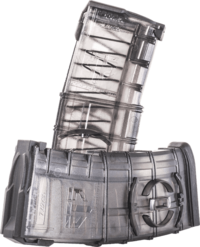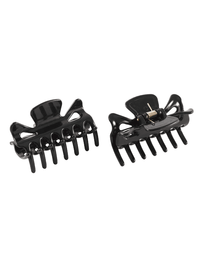APFSDS
NES Member
If the material is not the right alloy or heat treat it can be subject to room temperature creep. Modern/recent manufacturers use the right material and this isn't a concern.My late dad had a Woodman that he kept loaded, for who knows how long.
Spring "wore out" or fatigued, so that rounds 9 and 10 will not feed.
I know that this is contrary to the popular opinion. YMMV

![Laugh [laugh] [laugh]](/xen/styles/default/xenforo/smilies.vb/012.gif)





